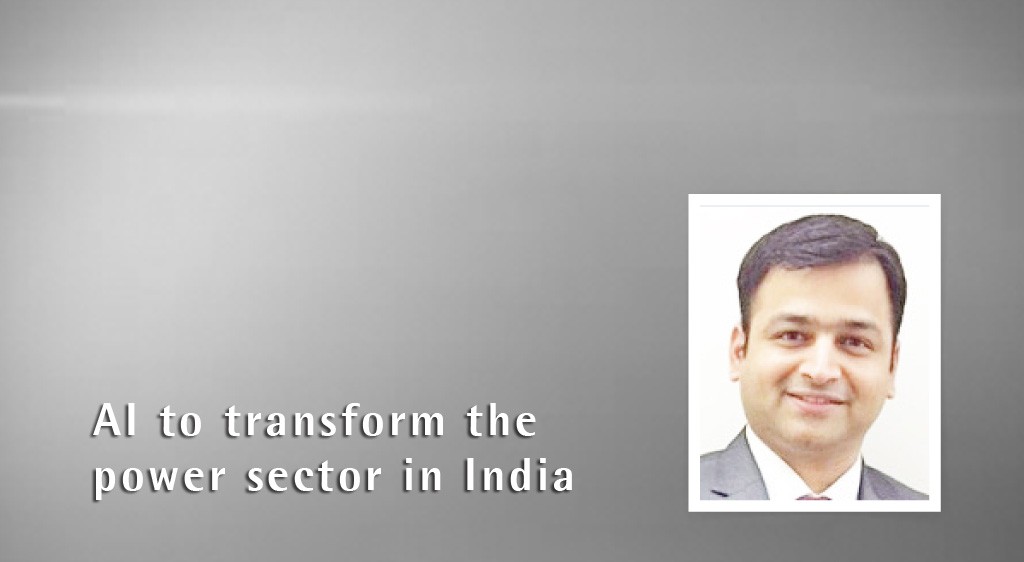AI to transform the power sector in India
By EPR Magazine Editorial August 10, 2018 4:34 pm IST
By EPR Magazine Editorial August 10, 2018 4:34 pm IST

Power generation is rapidly being integrated with IoT. AI is driving this and, perhaps, the most exciting technique is digital replica, or digital twin (DT).
Sanand Sule,
CTO Climate Connect Technologies
Wherever data, technology, and the need for smart decision-making overlap, Artificial Intelligence (AI) starts to make an impact. Whether determining the fastest route via Google Maps, early diagnosis of cancer cases, or customer behaviour analysis for targeted e-commerce, AI has exciting potential across an array of sectors; but its applications in power systems and the wider sector are particularly important. Because this will underpin the transformation of many other sectors and by extension the country, it is still early days for the adoption of AI. However, though, it has the capacity to drive the ‘Make in India’ campaign. By accelerating deployment of renewable power, helping to ramp-down fossil-fuel plants, and reducing the national fuel import bill, this will increase national energy independence, ultimately enabling the cheapest power possible.
AI is a broad term encompassing a wide array of concepts. But for the power sector it has two core pillars. The most recognisable of these is physical robotics such as flying drones for tracking and cleaning. More excitingly, ‘bots’ are already being developed for diving and sailing to enable construction and maintenance of offshore wind and solar plants which are much further out in the sea.
The other pillar, which is less visible but more vital, is machine learning. This is the ability of machines to learn without being explicitly programmed to do so. It is how the ‘intelligence’ of AI is gained. A machine is provided with huge amounts of data and certain parameters. It then sets about detecting patterns, associations, and insights far beyond human capacity. The ML-based tools, algorithms and modelling techniques of AI are starting to transform the power sector; particularly, renewable power generation and grid load management. Prominent examples being the impact of techniques such as Support Vector Machine (SVM) and deep learning based Artificial Neural Networks (ANNs). Power plant generation should be considered together with demand forecasting for grid load management. AI can crunch the huge volumes of data that are changing on a second-by-second basis to better match supply and demand, and so greatly reduce overall grid-volatility.
ANN based models can analyse the DC and AC data streams concurrently through each inverter. If there is a reduction in AC values with no corresponding reduction in DC values, this indicates a potential inverter fault. Lost energy may be turning into heat and raising the inverter temperature, or there may be a ventilation issue. An alarm is automatically, then, raised by the system to schedule a maintenance check. This form of prediction and complex decision-making can help reduce the downtime of equipment. In extreme cases, it can even prevent fires that could occur because of this increasing heat.
We use cookies to personalize your experience. By continuing to visit this website you agree to our Terms & Conditions, Privacy Policy and Cookie Policy.